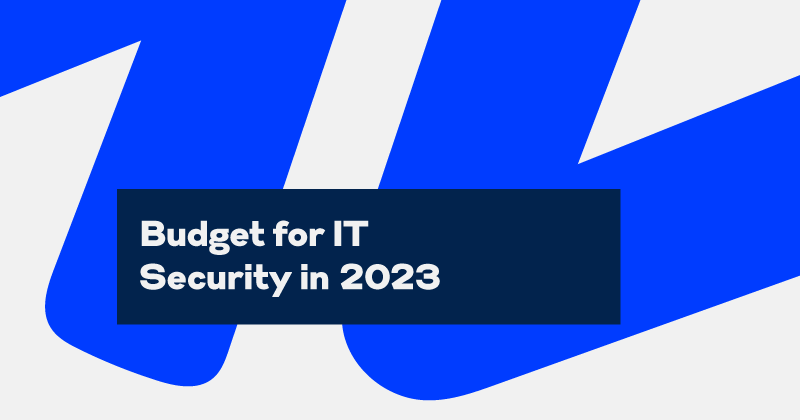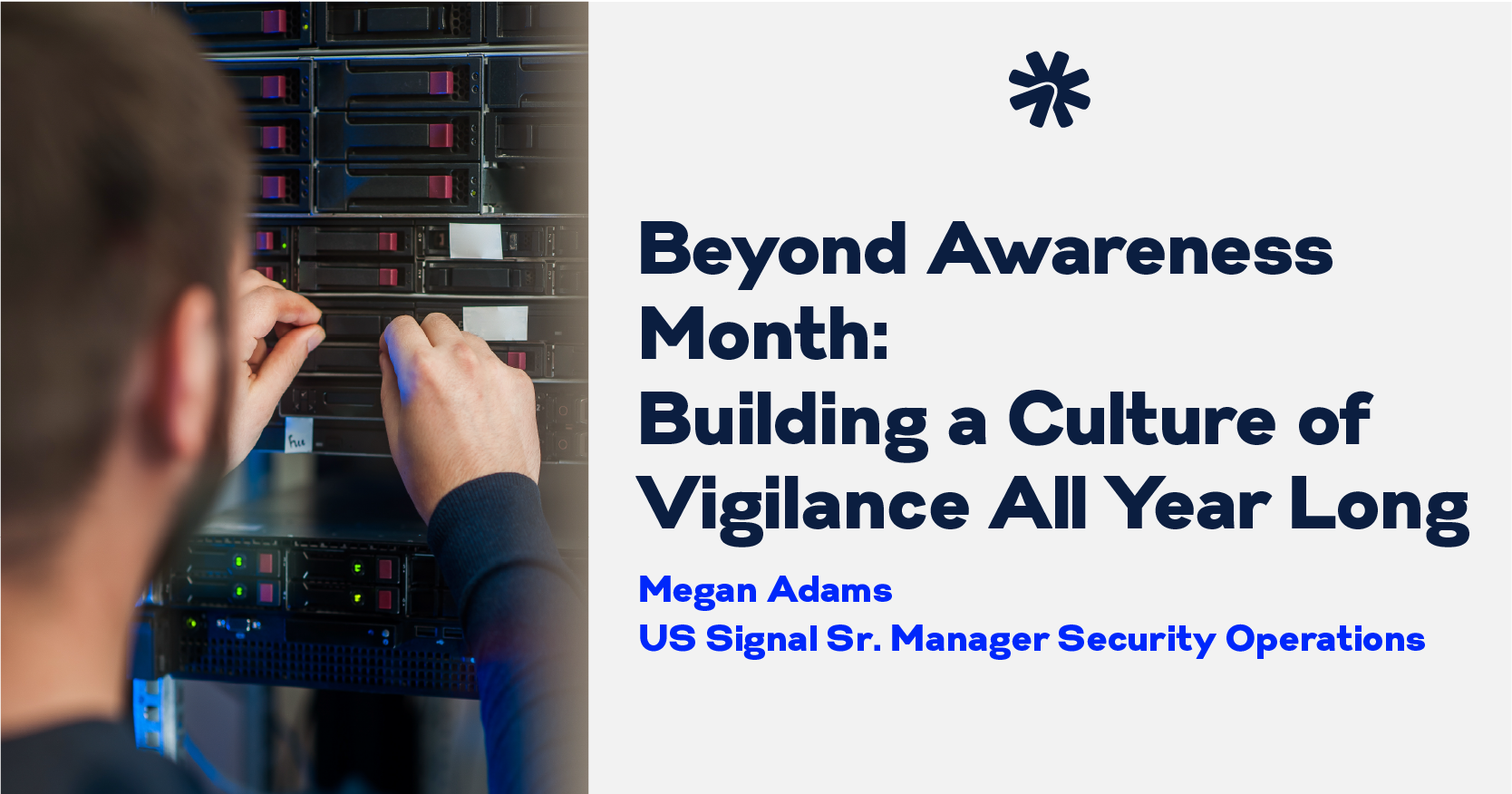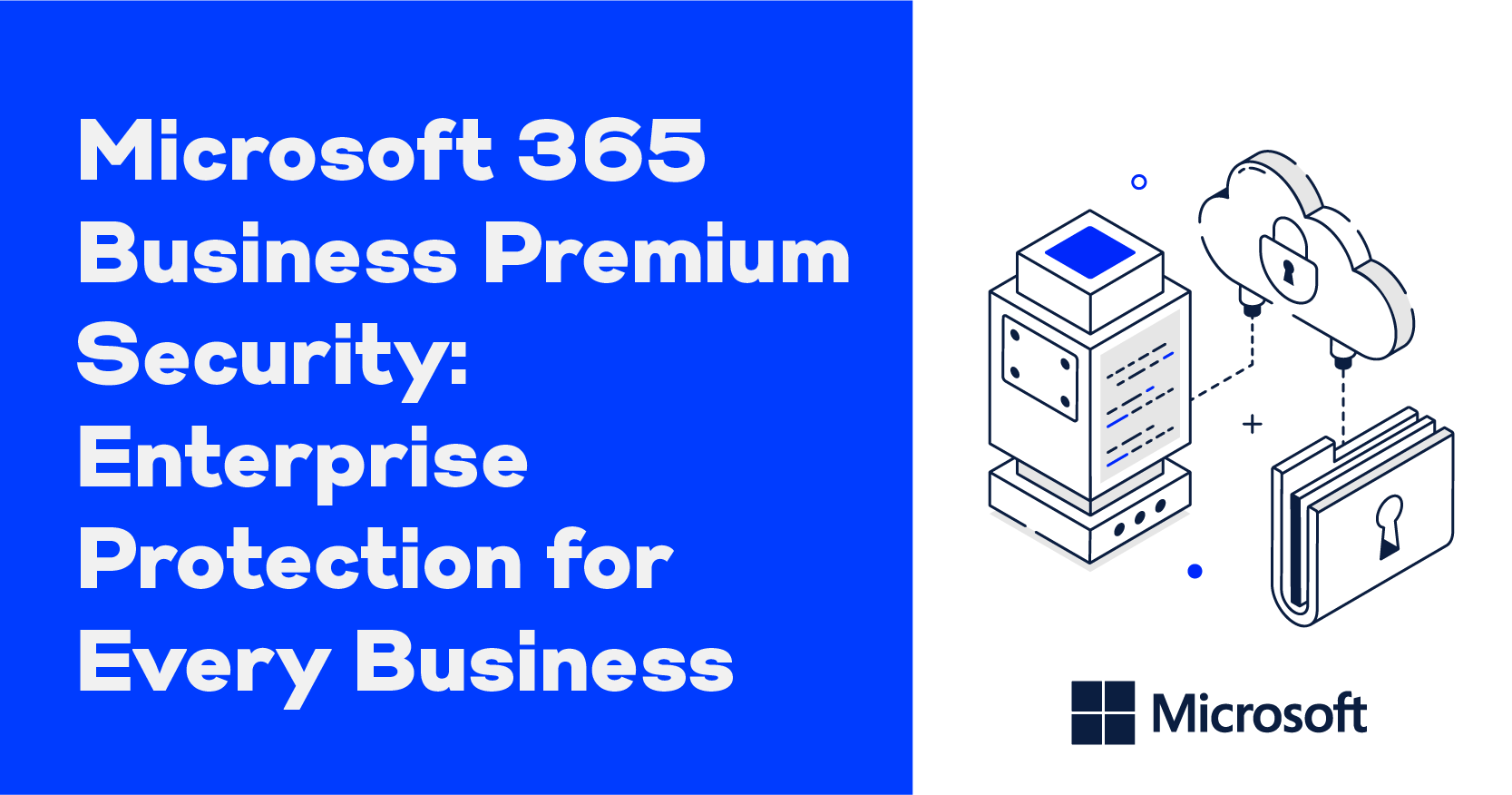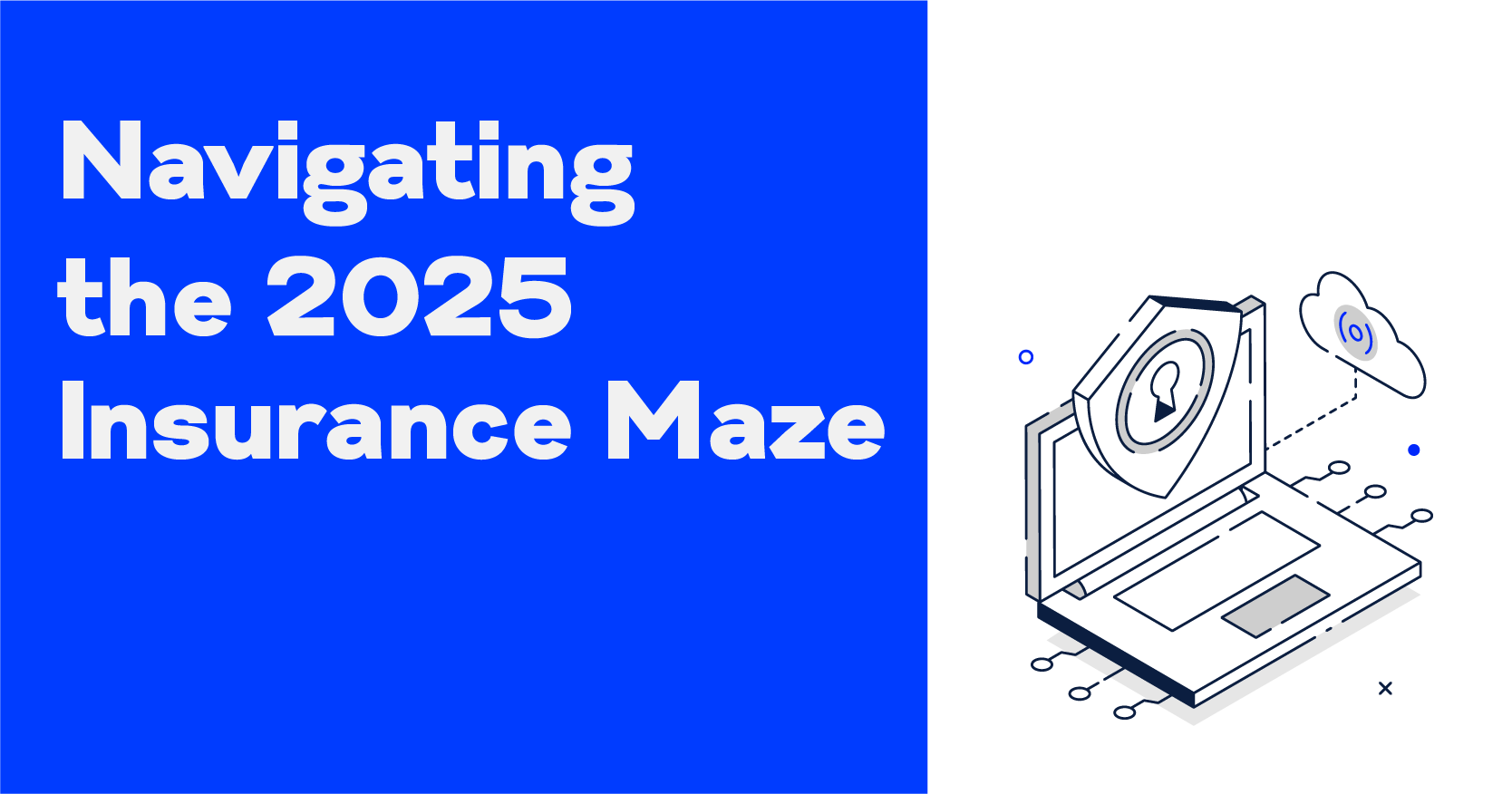Budget for IT Security in 2023

It’s year-end budgeting season. It’s critical that your IT budget for the coming year accounts for all the must-haves. If you can squeeze in the nice-to-haves, even better. At the top of the list, however, should be IT security. Recent cybercrime statistics provide support for making a budget for security a priority.
Frequent and Costly Cyberattacks
Various studies show that cyberattacks take place every 37 seconds on average. That means approximately one in three Americans are affected every year. And that’s only based on the attacks we know about. Many are likely to go unreported.
In addition, IBM found that the global average cost of a data breach in 2022 was the highest ever since this data has been gathered. The cost of a data breach in 2022 was $4.35 million ─ a 12.7% increase compared to 2020 when the cost was $3.86M.
Bottom line: cybercrime happens ─ frequently, and it’s costly.
So where do you start in terms of ensuring your budget for IT security has your organization covered? Chances are last year’s budget is going to require a change and not just because of rising costs.
A lot depends on your current IT security resources, as well as your organization’s culture and attitude toward security. There are always new threats emerging and new technologies, processes, and best practices to address them.
There’s no single way to establish the “best IT security budget.” However, the following suggestions can help you create a checklist of must-have and nice-to-have IT security resources as a good starting point.
FREE eBook: Compliance in the Cloud
Review Your Security Policy
Start by assessing your current security policy. Is it up to date? When was it last reviewed? Are there mechanisms in place to make sure everyone is adhering to it? Does it address the latest risks and technologies? Have various people throughout your organization review it to provide fresh perspectives on what’s missing or may require modification. Research IT security budget best practices and frameworks.
Once you’ve completed some of the additional exercises we’re noting in the sections that follow, you’ll want to go back to your security policy to identify gaps and opportunities for security enhancements.
Audit Your Current Systems and Security Resources
If you haven’t done so recently, inventory all your IT assets. That includes your IT security personnel.
How important are these assets to your business? Determine what security protocols, processes, and technologies are associated with each, as well as the costs. Have they been tested recently? Are they up to date? Who monitors them? Are they properly licensed? Are they adhering to your organization’s overall security policy?
Do you have sufficient security personnel ─ or any ─ on hand to do what needs to be done in terms of IT security? Do you have the resources to handle things like patch management and vulnerability scanning? Are you employing the latest security technologies and best practices?
From here, you can create a gap analysis to determine what’s missing in your IT security plan and what needs to be evaluated, updated or added.
Know Your Endpoints
As part of your asset audit, you should have identified all the endpoints that access your network. Are they covered by security specific to endpoint devices? Generic IT security solutions may not be sufficient. Make sure you have a solution in place that provides for:
- Visibility to uncover all the assets on your organization’s network and how they’re performing
- The ability to push out software and firmware updates and better manage all of your endpoints
- Vulnerability scans and searching for devices out of compliance or that have security holes so you can prioritize which assets to fix first
Assess Risks
A key part of a risk assessment is mapping your assets against their potential vulnerabilities, and determining your ability to prevent or respond to attacks. Be as comprehensive as possible when considering risks. Cybercriminals aren’t the only ones to blame. Risks could be a matter of employee negligence, breakdowns in security processes, outdated technologies, and more.
Once you understand where the vulnerabilities are, those risks can be prioritized based on the level of threat they pose to your organization as a whole. This triage approach will enable you to identify the resources necessary for mitigating the threats that pose the most significant potential business impact.
Cover Compliance Requirements
Certain compliance regulations require security budget allocations. For example, HIPAA includes data privacy and security requirements to protect individuals’ medical records and other personal health information. Meeting them ─ and avoiding costly fines ─ necessitates budget allocations for tools and technologies such as data classification, encryption, and lifecycle management.
Ensure you understand all the compliance requirements and industry standards that affect your organization. Determine if specific security technologies are required so you can make sure you budget for adding or updating them.
Implement Ongoing Security Training
Keeping employees, contractors, and vendors up to date on security policies and practices isn’t just a box to be checked off on a compliance checklist. It’s critical for IT security. Identify and evaluate what your organization is currently doing for training.
Is it offered frequently enough to keep security top of mind among employees and others who require access to your company’s data and network? Is it up to date? Does it have a testing component? Is it helping your organization build a strong IT security culture?
Do you also have professional development training in place for your IT security professionals? Given the competition for these professionals, it’s important to be able to attract and retain them. Professional development and other perks can help on both counts.
While it may be fine to do all training and training design in-house, you may want to consider outsourcing as a way of accessing expertise and best practices your internal resources can’t provide. Whether training is provided in-house or by a third party, make it a priority line item in your budget.
Prepare for New Initiatives and Priorities
Any time a new business initiative is introduced, IT security is likely to be impacted in some way. Determine the new (and existing) risks associated with what’s on the agenda for 2023. This will be an important budget area.
Risks aren’t always directly associated with the technology or equipment that may be required. For example, any time a new initiative or project involves working with a third-party company, you have the risks associated with that company and potentially with the other companies it services. If the project involves data, who touches that data, where it’s stored and other factors can incur both security and compliance issues.
In addition, business processes and priorities continue to change. That introduces new security risks and needs as well. For example, more people than ever or working from home, necessitating security adaptations and a budget reallocation.
If you’ve been relying on legacy technologies and equipment for a long time, you may not have been prioritizing upgrades or replacements. However, the equipment and technologies may be becoming more vulnerable to breaches and attacks. Weigh the risks and potential costs, and consider taking steps to either upgrade, replace or strengthen security processes.
Managed Security Services
For many organizations, managed security services should be an important component to include in an IT security budget. While they aren’t free, their costs are often offset by the value they provide. For example, managed security services provide access to expertise and leading-edge securities an organization may not be able to maintain or afford on its own.
The use of managed IT security services also frees up internal resources for other initiatives and priorities. Plus, they’re offered for a monthly fee, which makes budgeting easier and more predictable.
Determine the Numbers
There are other considerations for a security budget framework, but what you probably really want to know is: what will this cost?
That’s not an easy answer given all the variables that can play into it. However, if you’ve gone through the previous steps and compiled a list of “must haves” and “nice to haves,” you can now approach various vendors to solicit estimates.
Don’t expect blanket, generic cost figures. The most reputable vendors will want to work closely with you to assess your existing systems, risks, and needs. From there, they’ll be better positioned to determine a fairly reliable scope of work and deliver a more accurate cost estimate.
Talk to US Signal
US Signal not only offers a wide array of IT security and security advisory services. We develop comprehensive, end-to-end solutions to meet your specific IT needs. Contact us to learn more.



